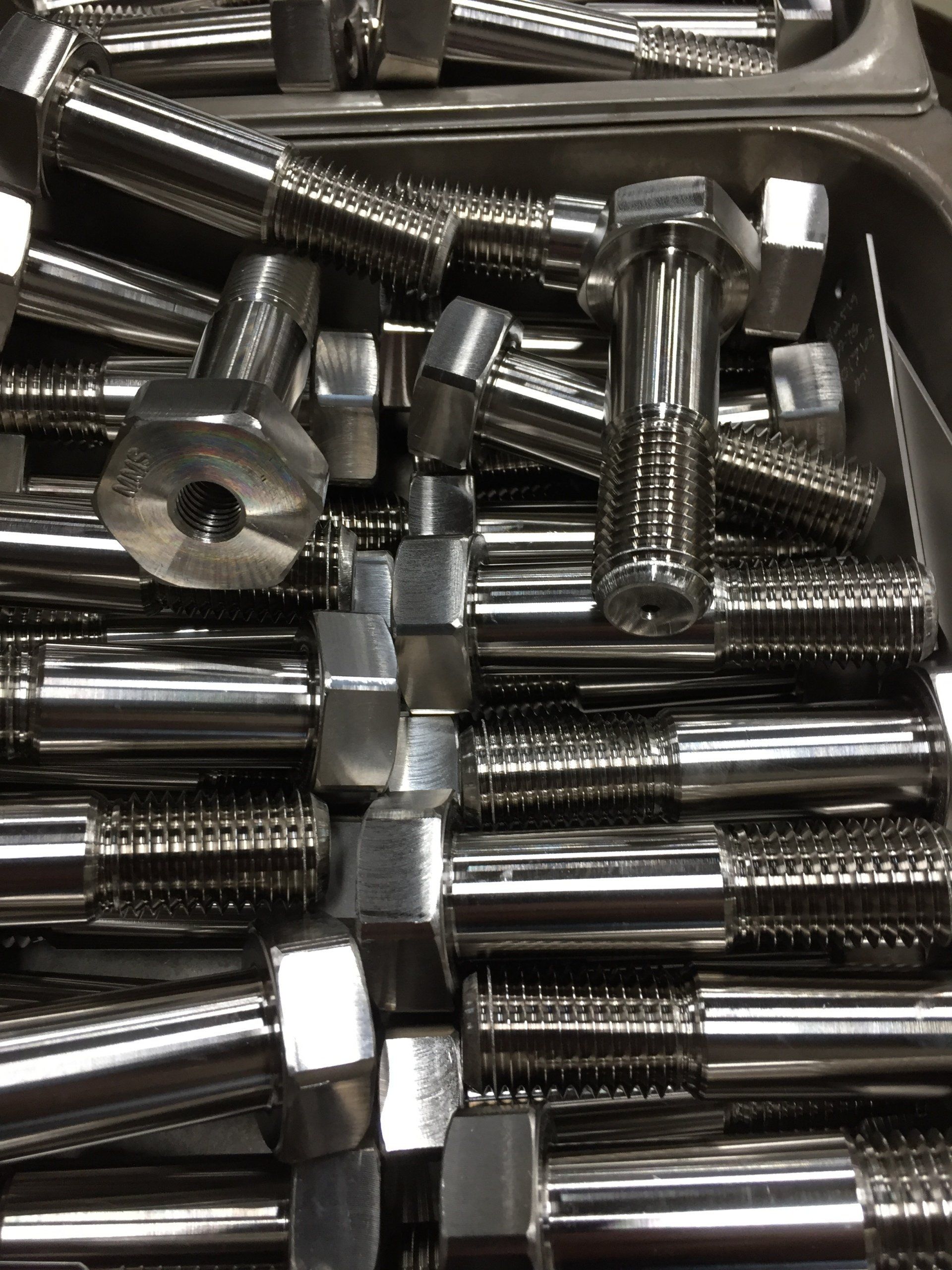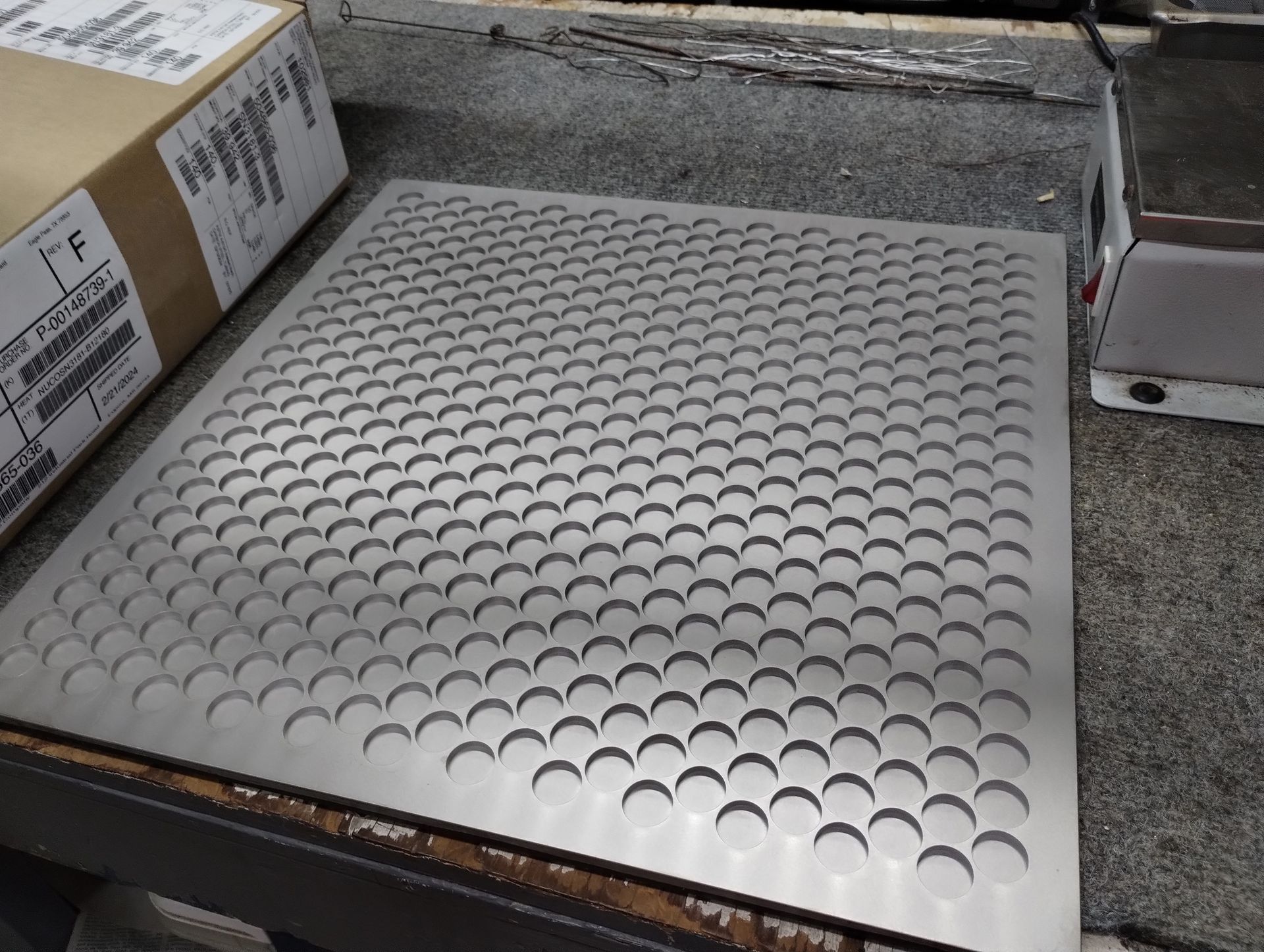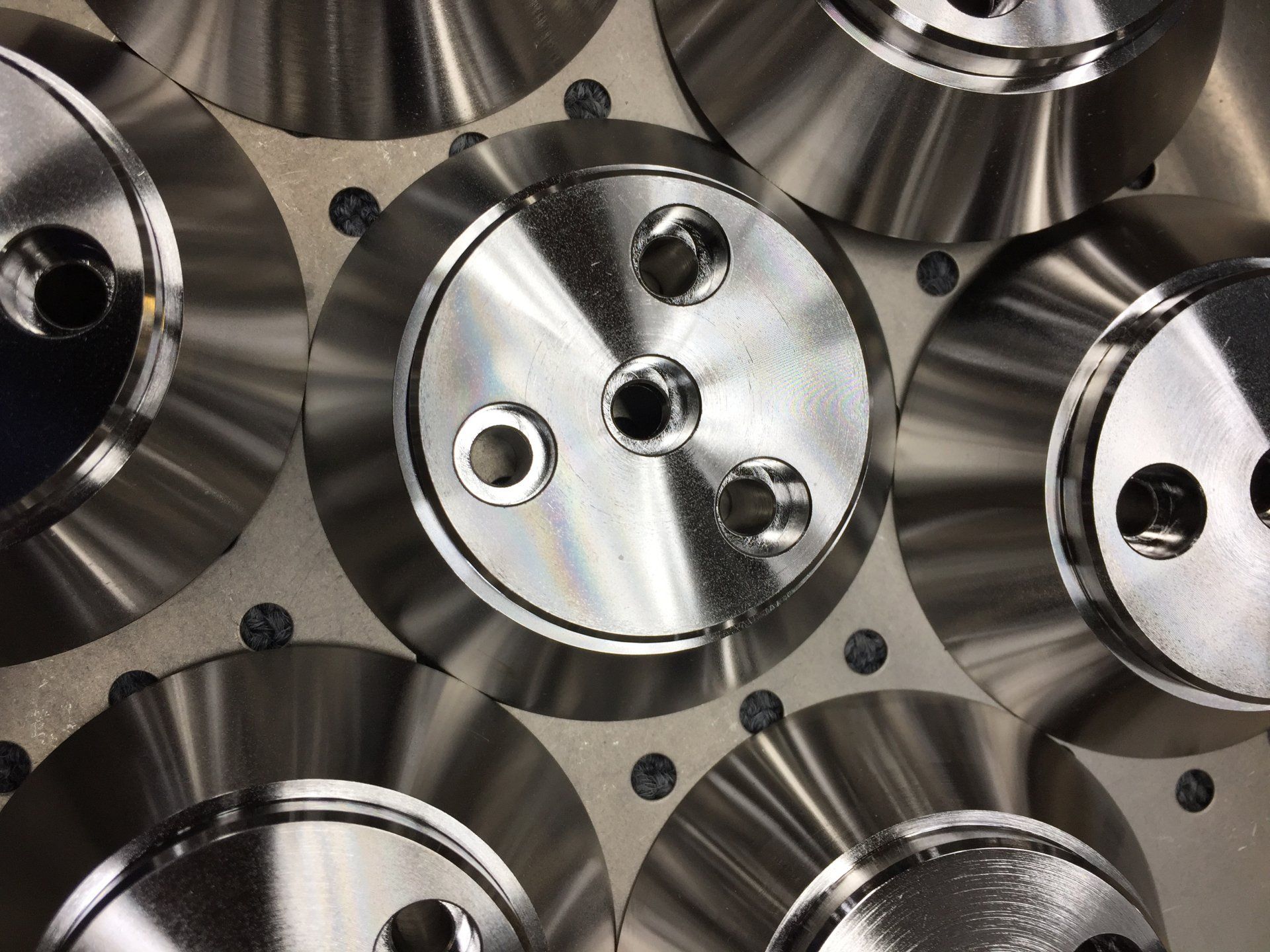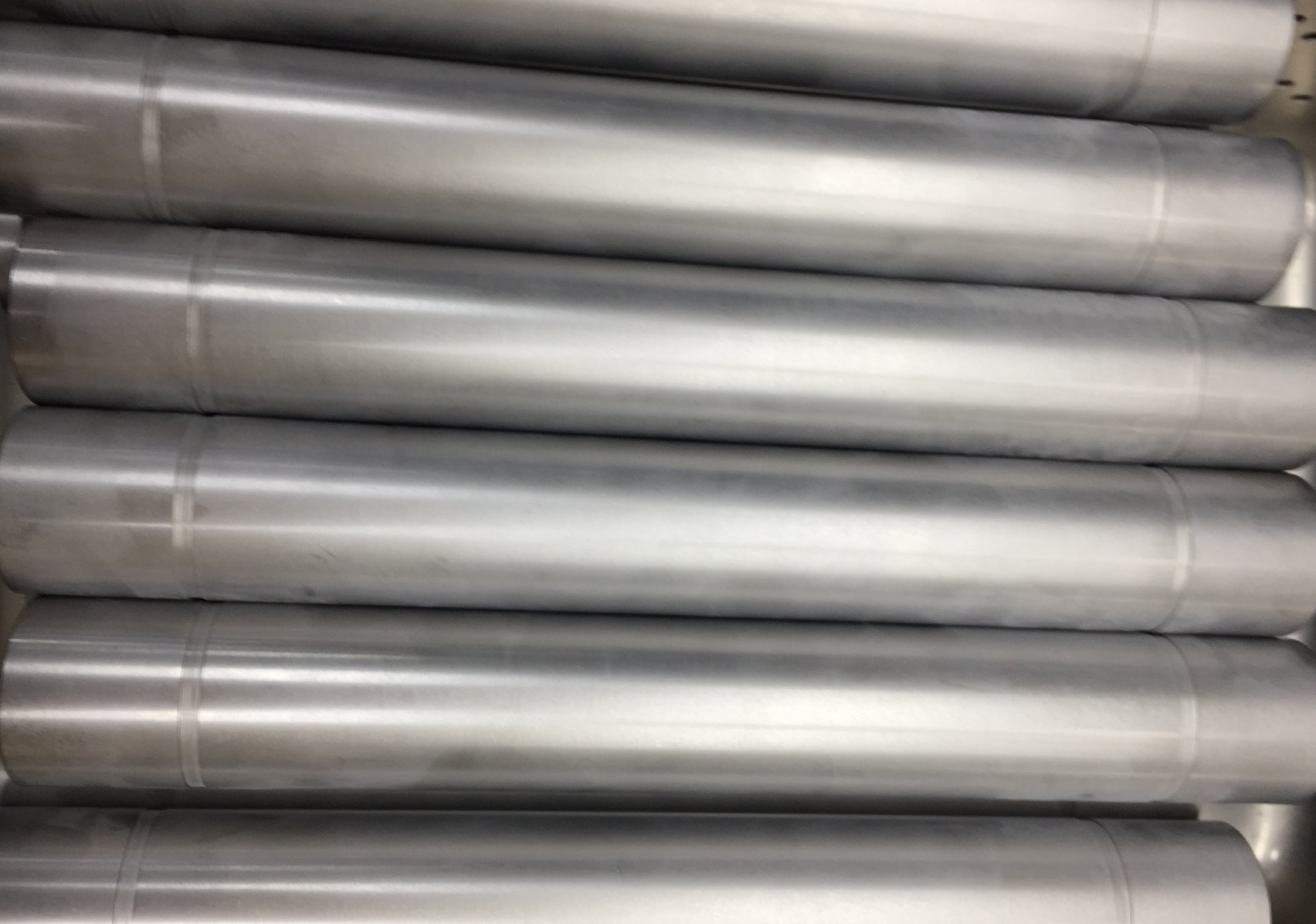Electroless Nickel Specifications AMS-C-26074 and MIL-C-26074
Electroless Nickel Specifications AMS-C-26074 and MIL-C-26074
Electroless nickel plating can be implemented in accordance with various specifications depending on what industry associations require. The different specifications are predominantly used to differentiate between industries, as varying applications will need certain levels of resistance, hardness, etc to properly handle whatever it is being used for.
Two of the more common specifications used in
electroless nickel plating are AMS-C-26074 and MIL-C-26074. Learn about the most important differences between these electroless nickel specifications, and discover how Micro Plating can help meet these specification standards.
AMS-C-26074
The AMS-C-26074 specification for electroless nickel plating is used in the aerospace industry to support engineers who are looking for material coatings that are both stronger and lighter for their applications. This specification comes in several classes and grades allowing you to customize your plating in accordance with engineering requirements.
Why the AMS-C-26074 Standard Matters
When utilizing AMS-C-26074 electroless nickel plating, the specifications ensure that the final product has the following features.
- Even surface coating
- Variable available thickness
- Minimal build-up of deposits
- Options for different finishes
- Usable on non-conductive surfaces
MIL-C-26074
The MIL-C-26074 specification is primarily used for military applications, which have no margin for error. At Micro Plating, we can comply with several military specs though the most common is MIL-C-26074. Similar to the AMS-C-26074 specification, MIL-C-26074 comes in several grades and classes, and our facility can handle them all.
Why the MIL-C-26074 Standard Matters
Electroless nickel plating with the MIL-C-26074 specification is designed to offer several features in accordance with what the military applications require.
- Produces a ductile finish and is resistant to corrosion to a greater degree than electrolytic plating.
- Offers great lubricity for applications that require flexibility and high wear resistance.
- Allows plate bonding with any kind of metal substrate without thickness limits.
- Creates a higher hardness level and resistance to abrasion compared to electrolytic nickel.
Grades and Classes
Both AMS-C-26074 and MIL-C-26074 have the same grades and classes, which makes it easy to determine the thickness and processing guidelines necessary for electroless nickel plating applications.
Grades of AMS-C-26074 and MIL-C-26074
The varying grades of AMS-C-26074 allow for three different thicknesses of deposits.
- Grade A: Measures 1000 microinches and is primarily used for aluminum based alloys.
- Grade B: Measures 500 microinches and is primarily used for copper, nickel, titanium, cobalt, and beryllium.
- Grade C: Measures 1500 microinches and primarily used for iron-based alloys.
Classes of AMS-C-26074 and MIL-C-26074
The classes of AMS-C-26074 offer guidelines for how the plating is processed.
- Class 1: Plating receives no subsequent heat treatment.
- Class 2: Plating is heat treated to achieve a certain level of hardness provided the metal is not affected by heating of at least 500 degrees Fahrenheit.
- Class 3: Aluminum alloys that are not heat-treatable and beryllium alloys are processed to improve nickel deposit adhesion.
- Class 4: Aluminum alloys that are heat-treatable are processed to improve nickel deposit adhesion.
Phosphorus Levels
These electroless nickel specifications can be applied with either high phosphorus or medium phosphorus chemical compositions. Each level of phosphorus produces different effects in the final plating, and you can see the technicalities yourself on our data sheet.
In general, hardness levels of electroless nickel plating can be increased through heat treatments. While the more phosphorus leads to a minor decrease in hardness, this can be offset by heat treatments. Because of this, certain high phosphorus electroless nickel specifications can reach the highest possible hardness for electroless nickel. Even so, your applications may not require the plating to be as hard as possible. Fortunately, altering phosphorus levels can alter its hardness in addition to other relevant properties.
High Phosphorus
High phosphorus electroless nickel plating is any plating that is composed of 10-12% phosphorus. In terms of acidic corrosion protection, high phosphorus offers much more than plating with lower levels of phosphorus. Because of this, high phosphorus electroless nickel plating is best used in applications where it will be exposed to acidic environments like hydrogen sulfide and carbon dioxide.
Medium Phosphorus
Medium phosphorus electroless nickel plating is composed of 6-9% phosphorus. The corrosion protection of medium phosphorus levels works best in alkaline or caustic environments. This is additionally the level of phosphorus also chosen for environments in which the plating will be exposed to personal handling or mild indoor environments. The proper level of phosphorus is determined by the nature of its product applications.
Request a Quote for Electroless Nickel Specifications AMS-C-26074 and MIL-C-26074
Are you looking for plating solutions that are compliant with electroless nickel specifications AMS-C-26074 and MIL-C-26074? Micro Plating can provide those exact specifications all while remaining ROHS and REACH compliant. With our commitment to quality and customer service, our 25 years of experience can be put to work for you. Get in touch with us today at 814-866-0073 or by filling out our online contact form to request a quote for your next electroless nickel plating project.








